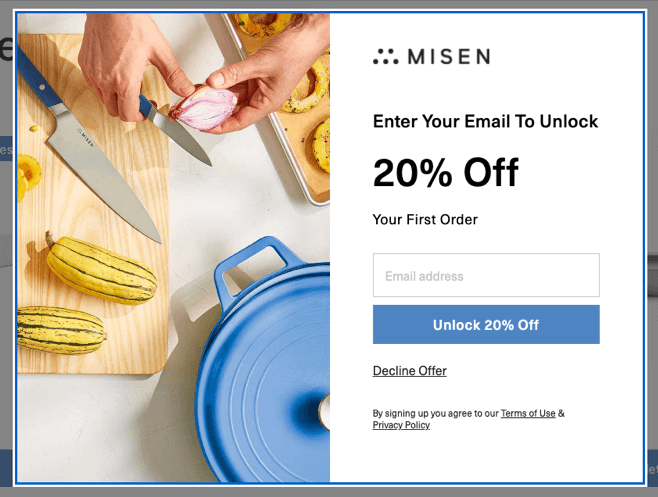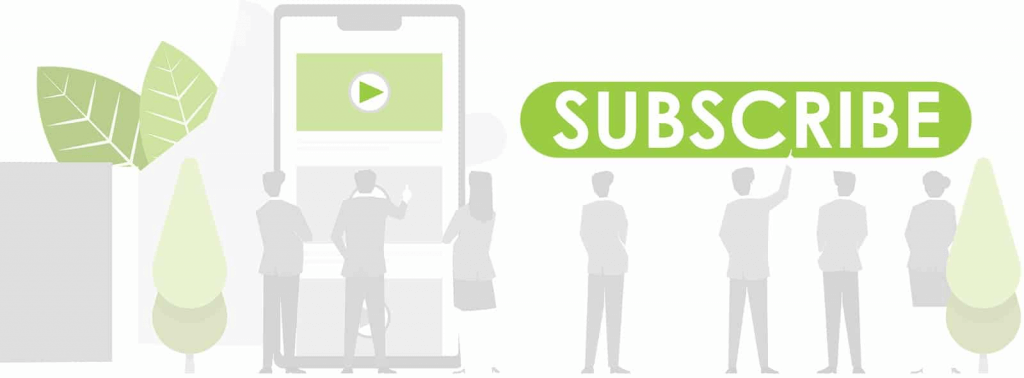What do Blockbuster Video, RadioShack, Yahoo!, and Kodak have in common?
They all filed for bankruptcy or were acquired by other companies.
Back in the ‘90s, these companies were dominating their field, earning millions of dollars in revenue for years. They were once the best of the best in their industry. What happened?
They failed to adapt to the needs of their customers and ignored the market trends. The result? Their competitors outperformed them.
Even though they were the strongest among all their competitors, they failed to innovate.
In the words of Darwin, “it is not the strongest that survives…” but the one who can “adapt and adjust to the changing environment in which it finds itself.”
Apparently, the lessons in biology apply to business as well.
If these big companies were vulnerable to such unfortunate events, then how do small business owners survive and thrive in today’s market?
This leads us to the 3 biggest problems in traditional retail and why you need to start selling direct to consumer.
Table of Contents
The 3 Biggest Problems in Traditional Retail
What is Direct-to-Consumer?
The 3 Main Benefits of DTC
How to Get Started with DTC
Know Your Customers
Build Your Online Presence
The Digital Marketing Framework for DTC
Get In Front of Your Audience and Make Sales
The Traditional Marketing Funnel is Flawed
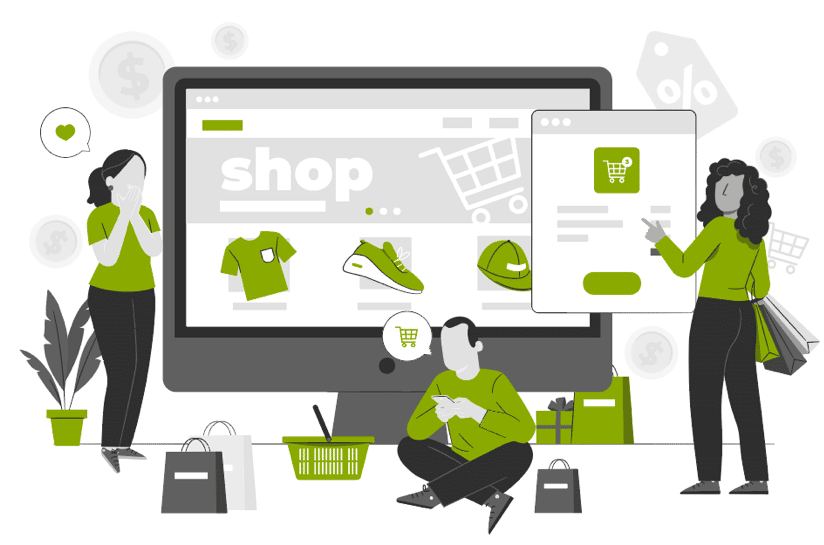
The 3 Biggest Problems in Traditional Retail
1. Less profit margin.
Let’s face it. In traditional retailing, the most common way to acquire more new customers is to take your products to a bigger retail store.
Of course, the ol’ word-of-mouth marketing still works––it just doesn’t scale as fast.
Meanwhile, advertising your products through billboards, TV, and other traditional means can cost an arm and a leg. You don’t even get to track people who convert.
The most logical thing to do is to take your products to your local store, and convince them to sell your products.
Unfortunately, that also means possibly giving discounted Recommended Retail Price (RRP) so they can profit from your sale.
2. Too many competitors.
Taking your products to your local store means more sales, but it also means more competitors.
Granted, you’ll always have competitors. But putting your product beside your competitors’ can significantly decrease your chances of making sales.
Plus, if your product is doing well, your local store might even create their own version.
What’s worse is your competitors (including the local store) can offer better prices.
And that takes you back to square one.
3. Too product-centered.
Perhaps the biggest problem traditional retailers have, especially small businesses, is how to turn strangers into customers.
Think about it. If you’re only relying on your previous customers’ word-of-mouth, unless they persuade like Jordan Belfort, you’re probably going to do better at selling.
Now, imagine you got a new store visitor. This visitor showed interest in one of your products but didn’t buy. Why? They probably need more persuading.
And you can only do so much when you’re speaking in-person (or on the phone). Once they leave your shop, they probably already forgot that you exist.
It’s no different than when your only customer touch point is through your product at the local store. In order to convince a new prospect to buy, you need great product design, copy, and pricing––it’s all product-centered.
Focusing your sales by relying on your product’s ability to sell can work, if you’re aiming for one-off sales.
But if you want to make consistent sales and increase your lifetime customer value, then your strategy should be centered around building customer relationships.
That’s exactly what Direct-to-Consumer (DTC) Marketing is all about.
What is Direct-to-Consumer?
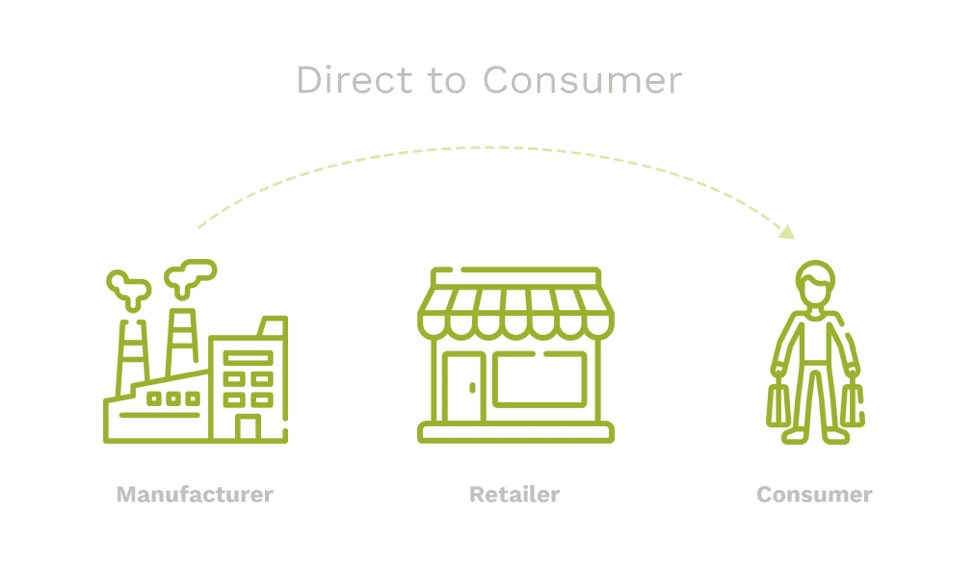
Direct-to-consumer (DTC) is a marketing strategy that involves marketing your own product or service directly to consumers.
Unlike traditional retailing where there’s little to no control over the sales channels, DTC businesses have more control over their marketing strategies, data collection, and relationship management.
Companies like Dollar Shave Club, GymShark, and Warby Parker are just some of the successful brands that leveraged DTC marketing and built billion dollar businesses.
The 3 Main Benefits of Direct-to-Consumer Marketing
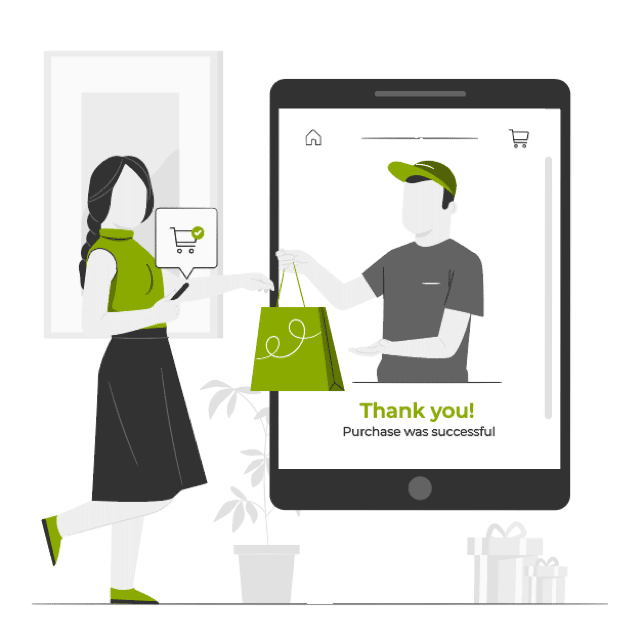
What makes direct-to-consumer marketing so powerful that it turned GymShark “from a garage in Birmingham, UK with nothing but a sewing machine, a screen-printer” into a billion-dollar business?
Here are three the key benefits of using DTC marketing:
1. Full control over customer experience
Using DTC marketing, you can control your customer’s experience from the very beginning up until after the purchase. Since you have direct contact with your customers, you control the way your brand is perceived and how you deliver your message, every step of the way.
You can engage and understand your customers on a deeper level, and find out what you need to optimize in your marketing campaigns to get better sales.
As a result, your customers become more satisfied because you’re guiding them through the customer journey (more about this later), leaving them with the best experience.
Ultimately, this leads to more sales, increased retention, and happier lifetime customers.
2. Real, targeted data
Because you’re engaged with your customers, you know exactly what actions they take on your website or other marketing channels. This gives you the ability to gather feedback and analyze their behavior, taking the guesswork out of marketing.
You no longer have to hope and pray that your strategies work. You’ll know exactly what works and what doesn’t, who’s interested or not, and how to optimize your marketing campaigns.
With real data, you’re equipped with powerful knowledge that can turn even a drowning business into a thriving success.
3. Better margin
Direct-to-consumer means there’s no middlemen (i.e. retailers) who take a cut off your sales. It’s all about your rules and your profit!
And yes, that means you get to charge higher prices for your products––and still make huge sales.
Because DTC thrives on customer relationships rather than product price point, you’ll be able to increase your products’ perceived value and stop worrying about price wars with your competitors.
What does this mean for you?
Faster business expansion and growth. That’s because 55% of consumers engage with and buy from brands rather than retailers. Whether you’re looking for new or repeat customers, you’ll be more successful by going direct to consumers.
How to get started with DTC
One of the main advantages of traditional retailing is you don’t need to worry about marketing your products. In DTC however, since we’re removing the middleman, we’re now responsible for all marketing efforts.
For busy business owners, that stuff is hard.
But for most successful entrepreneurs, that’s the exciting part. Having control over your marketing means you decide how to shape your business.
No limits. No permission needed.
So, where do you start?
Know your customers
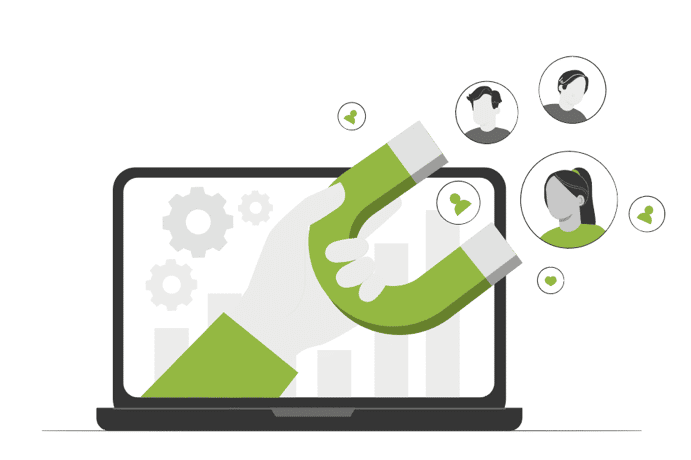
“Where do I find customers?”
That’s the most common question that most business owners ask, especially when they’re just starting out. We wish finding customers was just as easy as finding talent, where all you need to do is craft the best job post and place it in specific job boards.
It isn’t. But there’s a way to make it so.
Businesses who struggle to find customers, whether they’re in the lead generation or eCommerce space, have one thing in common: they don’t know who their customers are.
Because if they knew who they are, then they would know exactly where their customers hang out!
Moreover, those businesses would know exactly what to say once they’re in front of them.
When you know your customers enough, you no longer need to ask them in a thousand different ways, “Are you interested in my products?”
Because you understand their problems, their deepest pains and frustrations, and their goals and dreams, you can easily build a connection with them.
And when there’s connection, that means they’re already interested.
If you want to find and attract the right customers, check out this free workshop. We promise you, it’s one of the most valuable things you can do for your business.
Build your online presence
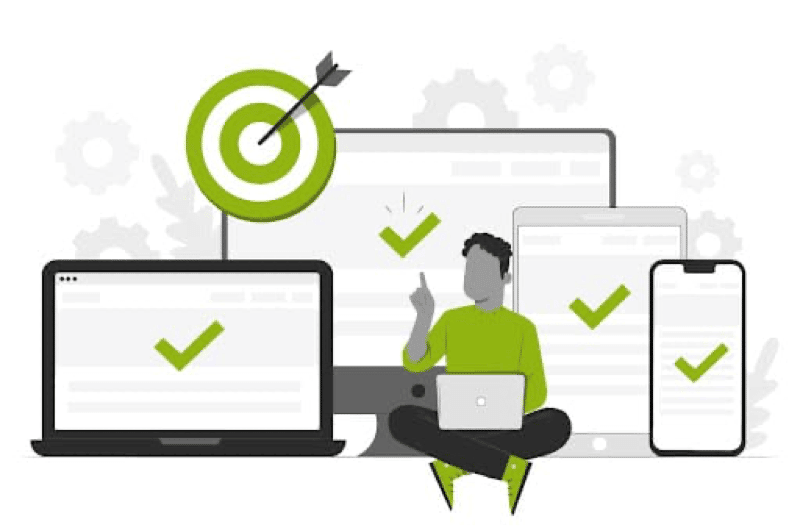
Establishing your online presence is key to having a successful DTC brand. And one of the best ways to do that is to have a website.
Not a landing page nor a squeeze page but a fully working and optimized eCommerce website.
Here are a few reasons why.
- It houses all your products, making it easier for your customers to browse your products and find more information about your business.
- It helps you understand and track your customers’ behavior patterns, and use that information to create better offers, messaging, and optimize your marketing strategy.
- It helps you capture your visitors’ information so you can deliver more value and convert them into paying customers.
Think of it as your online store––instead of people going to department stores, supermarkets, or their local retailers, they would just check out your site.
Here’s what’s even more interesting:
With a website, you’re not just limited to people within your geographical area. You have access to virtually everyone on the planet, as long as they can reach your website!
If you don’t have a website yet, we highly recommend starting with Shopify. Why? Here’s not just one but 20 reasons why Shopify is still the best eCommerce platform.
That said, establishing your online presence can’t be done overnight. Just because you have a website doesn’t mean you’ll automatically make tons of sales.
You need to generate traffic (i.e. website visitors) first, turn that traffic into leads, and convert them to paying customers.
That’s exactly what we’re talking about next.
The Digital Marketing Framework for DTC Businesses
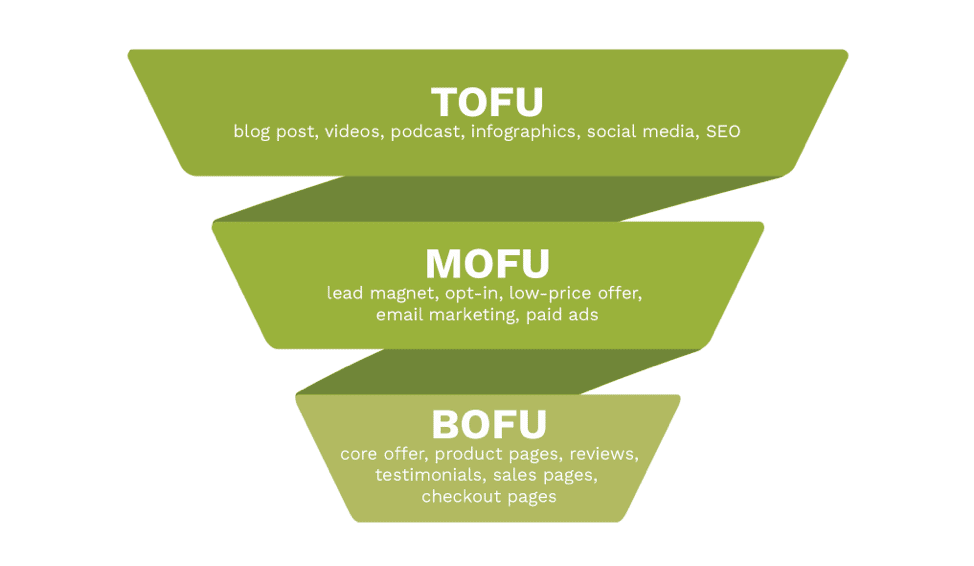
In traditional retailing, you’re already on the customer’s radar. Your product is in the store. There’s exposure. There’s trust.
With DTC, “trust” doesn’t exist yet. You have to earn it. After all, your visitors don’t know a lot about you. So before they pull up their wallet and buy, they need to have a relationship with you first.
That’s where the customer journey comes in.
In a nutshell, the customer journey is the process people go through before and after they purchase your product. In other words, it’s how you turn strangers into customers.
Think about the time when you bought something from someone you didn’t know.
Where did you hear about the product?
What made you buy it?
How did you become convinced that it’s the right product for you?
If you try to remember exactly what steps you took, you’ll realize that you’ve gone through the customer journey.
It’s also what we call the “traditional marketing funnel.” And it usually consists of these three pillars:
- Top of the Funnel (ToFu)
- Middle of the Funnel (MoFu)
- Bottom of the Funnel (BoFu)
Each funnel should be optimized towards specific goals. For example, if you want more sales but don’t have website visitors, then no matter how many flash sales you offer you won’t get conversions.
You’d be better off focusing all your efforts on optimizing your Top of the Funnel strategy.
Why Top of the Funnel Matters

Recently, I’ve been thinking about getting a bass guitar so I can add bass lines to my acoustic recordings in GarageBand.
The problem is, I have no idea how much bass guitars cost and what brand is good enough for home recording. So I searched the terms “bass guitars for home recording” on Google. Here’s what I found:
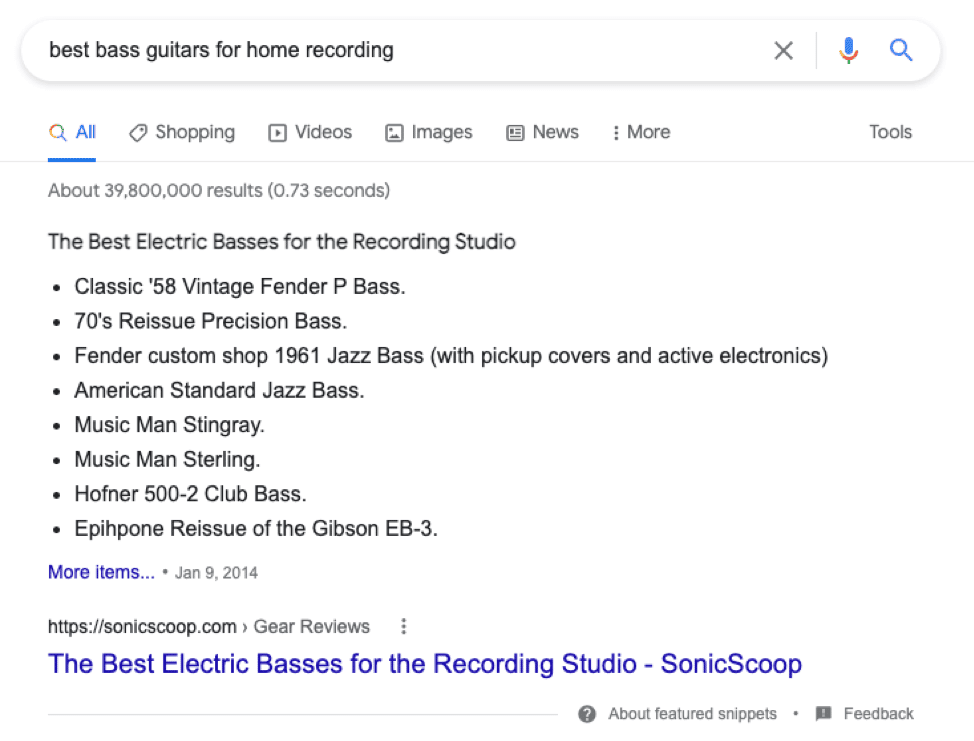
Since I needed more education about bass guitars, I clicked the first link on the SERP (Search Engine Results Page) and landed on SonicScoop’s blog about The Best Electric Basses for Recording Studio.
Now, I’ve never heard of SonicScoop before. So this was my first interaction with their brand.
Why am I telling you this?
Because if you want to increase your website visitors and find new customers, the Top of the Funnel is usually the place where most people start.
It creates brand awareness, educates visitors/prospects, and provides valuable information about your product or company.
ToFu activities can involve producing blogs, videos, images, and podcasts. You can distribute these assets through social media (Facebook, Instagram, YouTube) or your own website.
Is it possible to make sales through Top of the Funnel marketing? Yes.
But remember, the goal isn’t to make sales––it’s to increase the trust your prospects have with your brand.
By providing valuable content to your website visitors, you’re gradually building that connection and increasing trust.
Why Middle of the Funnel Matters

ToFu is a great way to bring awareness to your brand. The problem is, your visitors can easily forget about your website or that content they consumed a few days back.
So how do you keep your brand on top of mind? By capturing your visitors’ contact information and following up with them. That’s where Middle of the Funnel comes in.
Probably the best way to engage and build relationships with your prospects is through MoFu activities. The most effective way to do it is to give something valuable to your visitor in exchange for their email address.
In other words, using a strategy called email marketing.
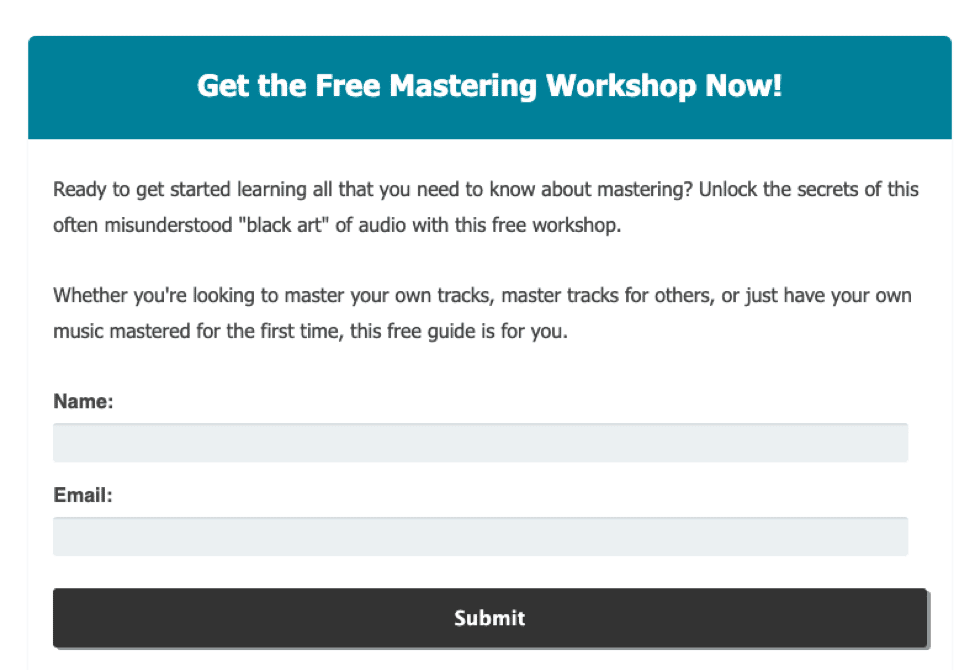
Remember the blog from SonicScoop? At the end of that blog, they’re offering a free workshop on how to master recorded music. As someone who’s recording his music at home, that’s invaluable to me. (I did sign up for that workshop!)
Of course, for eCommerce stores, a free workshop might not be a good idea.
If you’re selling info products or services, then educational content (e.g. webinar, mini-courses, workshops etc.) will usually work.
But if you’re selling physical products then you might need promotional content instead. After all, who needs a course on how to tie a shoelace?
Promotional content about your product via email marketing can be:
- flash sales
- cart abandonment
- coupons or discounts
- gift cards
- upsells and cross sells
If you have no idea what those look like, check out ReallyGoodEmails. They have tons of email examples to get ideas and inspirations from.
You can also look at what your competitors are doing by using MailCharts––a massive database of email campaigns from big companies like GymShark.
Bottom line, getting your visitors’ contact information and building your email list is critical if you want to follow up, build relationships and eventually make sales.
Why Bottom of the Funnel Matters

You’re consistently getting traffic and turning those visitors into leads. What now?
In most cases, email marketing can do the heavy lifting of converting leads. It’s also the cheapest. According to DMA’s email marketing stats in 2019, for every $1 you spend on email marketing, you can expect an average return of $42.
But is email marketing the only way to make sales? Definitely not.
The closer your audience gets to the bottom of your funnel, the higher their desire to make a decision. It’s literally the “buying stage.” Now is the best time to be more aggressive with your sales pitch because this is where you introduce your core offer.
See, when your prospects are at the top of your funnel, they’re just getting to know your brand.
But once you’ve built that trust and connection, they’re ready to pull up their wallet and buy. And if you’re not doing the right strategies and tactics, guess what? They’re going to buy from someone else!
To avoid that, here are a few things you can do to optimize the bottom of your funnel.
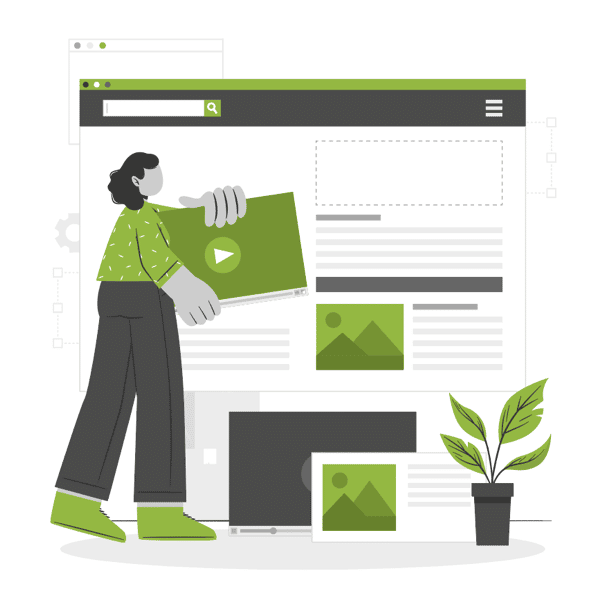
1. Improve your product pages. Driving leads back to your site is one thing. Converting them on your site is another. If you’re using Shopify, then these critical Shopify settings will increase your conversion rates and skyrocket your sales, without spending too much money.
2. Add testimonials and reviews. Someone who’s ready to buy will probably search for online reviews of your products. If you have any positive reviews or case studies, make sure they’re visible. For negative reviews, respond positively and take action. Consider doing brand reputation management.
3. Optimize keywords. If you’re doing Search Engine Optimization (SEO) or Pay-Per-Click (PPC), optimize for branded and high commercial intent keywords. These could include your product’s name, brand name, as well as keywords like “buy,” “purchase,” and other related terms.
You make money at the bottom of the funnel. But remember, this framework can be disrupted any time. It’s not a linear pathway to converting leads.
Your prospects can go in and out of each funnel at any given time. So, your best bet is to optimize all your funnels and make sure they’re driving users back.
Paid Traffic: The Fastest Way to Get In Front of Your Audience and Make Sales
Up until now, we’ve only been talking about getting traffic organically––through social media, content marketing, SEO, and emails.
While it’s definitely a good long-term strategy to organically grow your business, it can take quite some time.
If you want to increase the speed of your success, you’ll need to invest in paid traffic.
Specifically, you’ll want to use Google Ads. And here’s why:
- Google Ads is the #1 PPC (Pay-Per-Click) advertising platform on the planet
- Its ecosystem includes Gmail, YouTube, Google Maps, Android, Google Networks, and Google Analytics, which means…
- It’s the most powerful data acquisition machine that knows almost everything about each user that uses it––your prospects and possibly YOU.
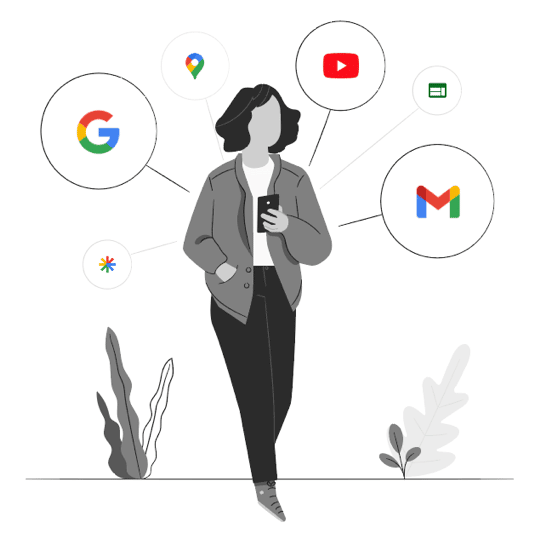
Google is very good at predictive commercial intent. It knows what people want to buy and more importantly, who those people are.
In other words, using Google Ads can help you find those people who are already looking for your products.
If you want to know more about how Google Ads works for eCommerce businesses, check out Google Ads for eCommerce: The Ultimate Guide.
The Traditional Marketing Funnel is Flawed
It’s no secret that the traditional marketing funnel has been used over and over again by the biggest companies down to the smallest businesses.
And here’s why––the model makes sense and it works… sometimes.
But here’s the truth. Most of it is based on guesswork and theories.
Think about it. At every single stage, it’s trial and error.
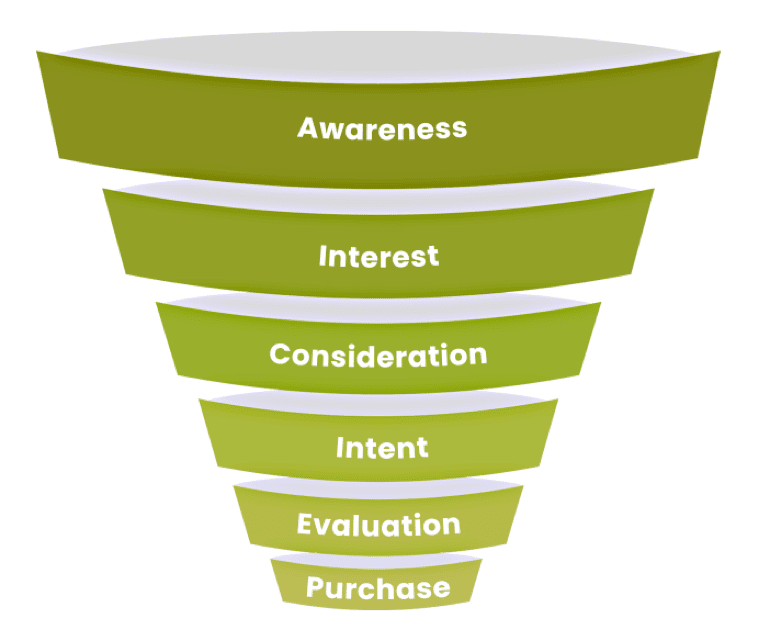
For example, at the top of the funnel stage, you’re guessing what educational content to create based on your potential customers.
In the middle of the funnel, you’re guessing what free item or service you’re going to give, in exchange for your potential customers’ contact information.
It’s only in the bottom of the funnel, when your lead makes a purchase, that you get to know what really works.
That’s the reason why 90% of all online ads fail. Because they focus a lot of effort, energy, and money to figure out how their ads work using a flawed model.
What if, instead of starting from the top, we start at the bottom so we can identify the moment of purchase intent?
That way, we’ll know what makes your potential customers buy, what words they use, and what content to create based on real data, not guesswork.
Coined by our very own Chief Strategist, John Moran, this strategy is called the Bottom-Up Funnel. (Here’s a full video on how the Bottom-Up Funnel works)
And it’s really simple. You start at the bottom where you make money, and learn the most important lessons you need from there. Then, you move upward.
What makes it so effective is that aside from knowing exactly what works using data, you’re also saving money in return––because you’re already getting ROI from your current customers.
Final Words
There’s no doubt that DTC has helped hundreds and thousands of businesses to maximize their profits.
Remember, DTC is not for everyone. If you’re someone who just wants to create and sell your products without worrying about marketing them, then DTC isn’t for you.
But if you want to build a successful brand and grow your business, then you must be ready to invest your time and money in building it.
The good news is you don’t have to do everything on your own. Once you have a good working website and fulfillment, all you need is to generate traffic that converts.
That’s exactly how we can help.
If you’re ready to grow and scale your business with Google Ads, then schedule an appointment with us and get a FREE Growth Plan.
Author
Bryan is the marketing manager at Solutions 8, and has been on digital marketing since 2018. When he’s not working, you’ll find him working out at a local gym, reading personal development books, or playing music at home. He feels weird writing about himself in third person.
 Bryan Caranto
Bryan Caranto
